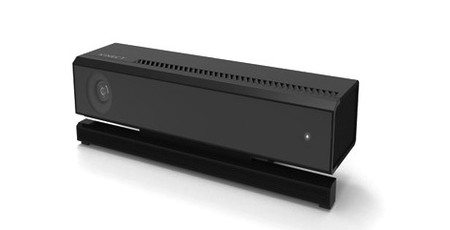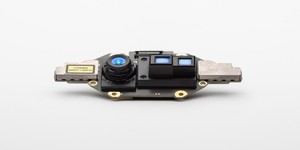
Microsoft is officially retiring Kinect, its depth-sensing camera system, after seven years and an estimated 35 million units sold - leaving those who had build products or platforms around the system out in the cold.
Formerly known as Project Natal and launched in the UK in 2010 for £129 - a price which drew considerable criticism - the Kinect Xbox 360 add-on built on webcam-based motion-tracking systems like Sony's EyeToy to bring the player into the game. The system was built around recording a webcam-style full-colour image and combining it with an infra-red image to extract depth data and track the user in a 3D space. While initial sales were strong the device never really caught on except as a novelty.
The launch of a Windows SDK for the camera gave the project a small boost in research circles, where its depth-sensing capabilities were used to create everything from a sword-fighting robot to a cheap 3D scanner. Plans to make the Kinect v2 hardware an integral part of the Xbox One console experience, however, were quickly reversed and when Sony undercut the Xbox One's price by removing its own camera system from the PlayStation 4 box Microsoft soon followed.
Now Kinect's time is finally up: During an interview with Fast Co.Design Microsoft confirmed that manufacturing of the Kinect has ceased, and while retailers will still have a stock backlog to clear there will be no more units once they're gone - which naturally means there'll be no more software support in the future, and no more Kinect-compatible Xbox One games beyond any currently in the development pipeline.
Microsoft has not shared a timescale for the cessation of Kinect support, but the company continues to experiment with the core technology including integrating it into its HoloLens augmented reality platform.

MSI MPG Velox 100R Chassis Review
October 14 2021 | 15:04









Want to comment? Please log in.